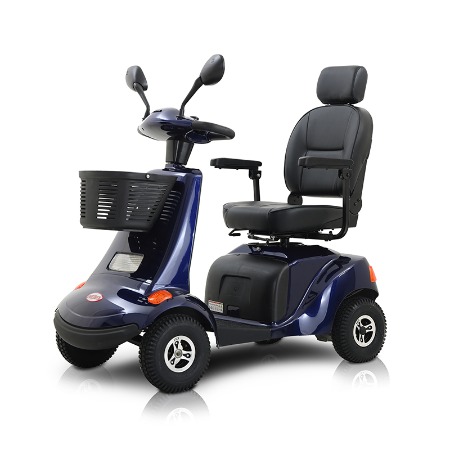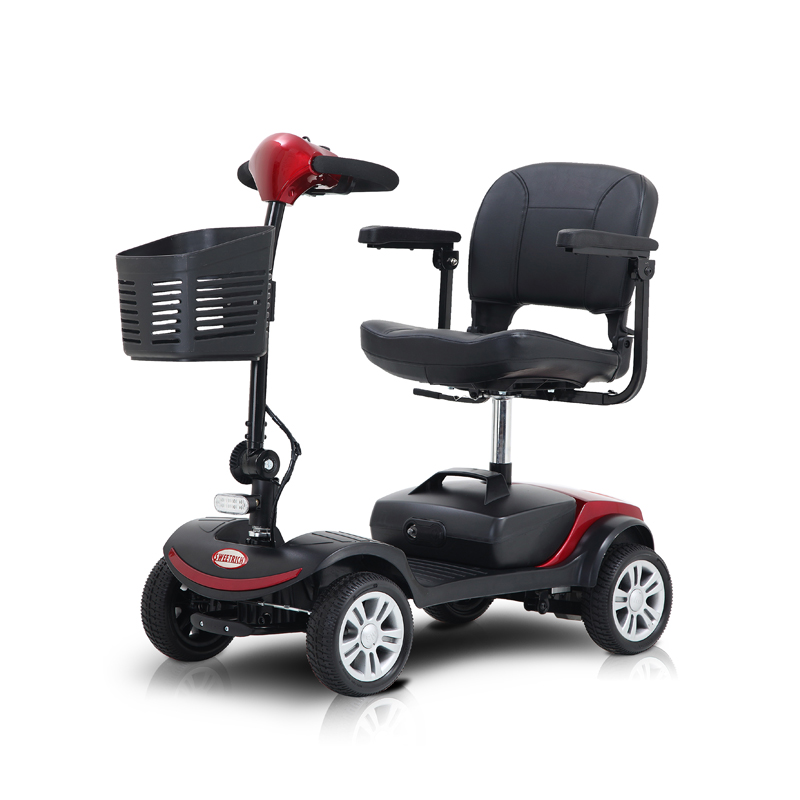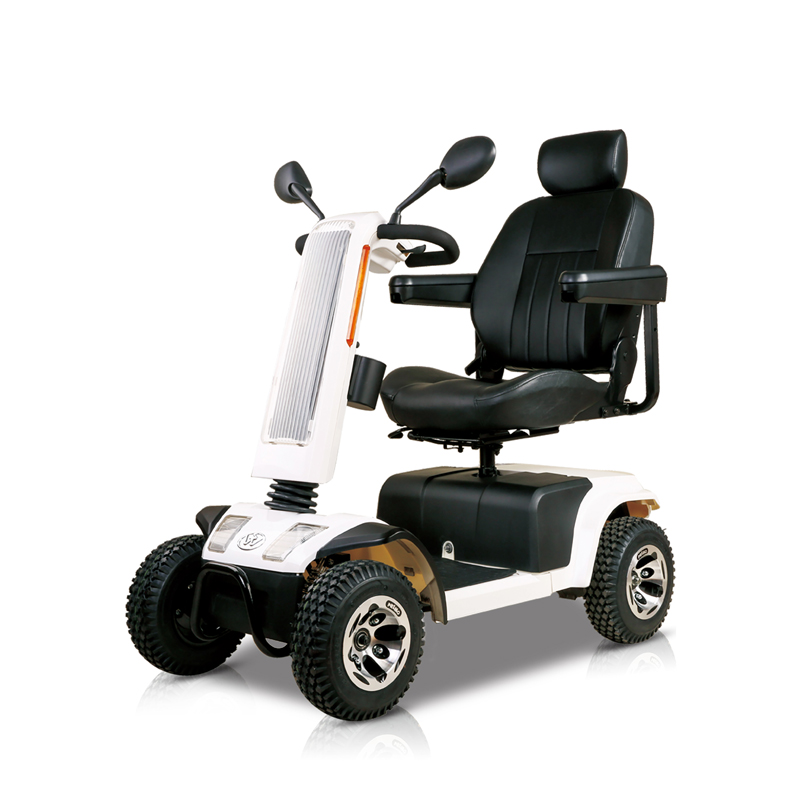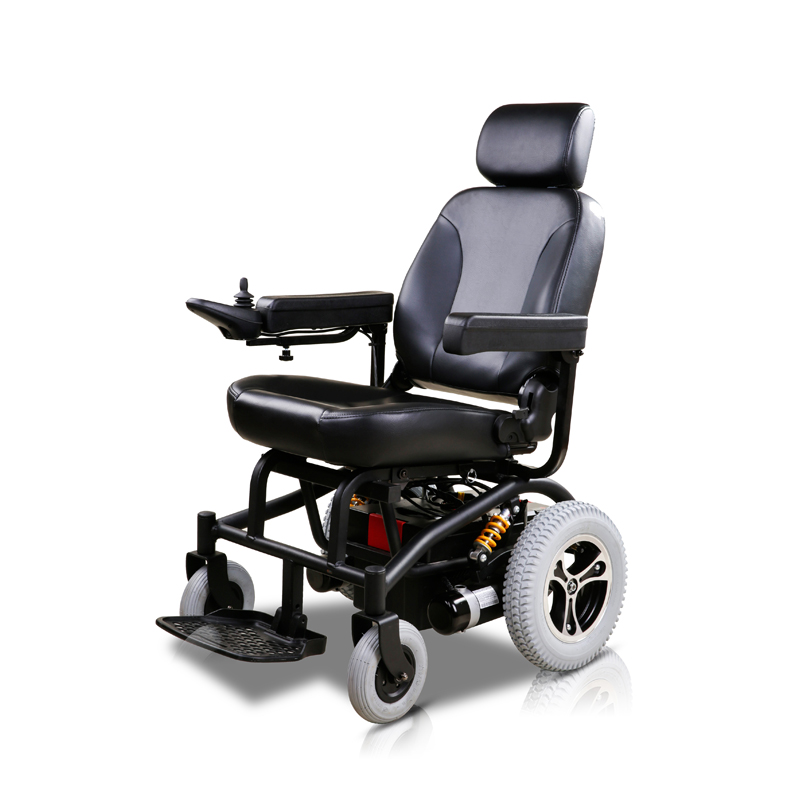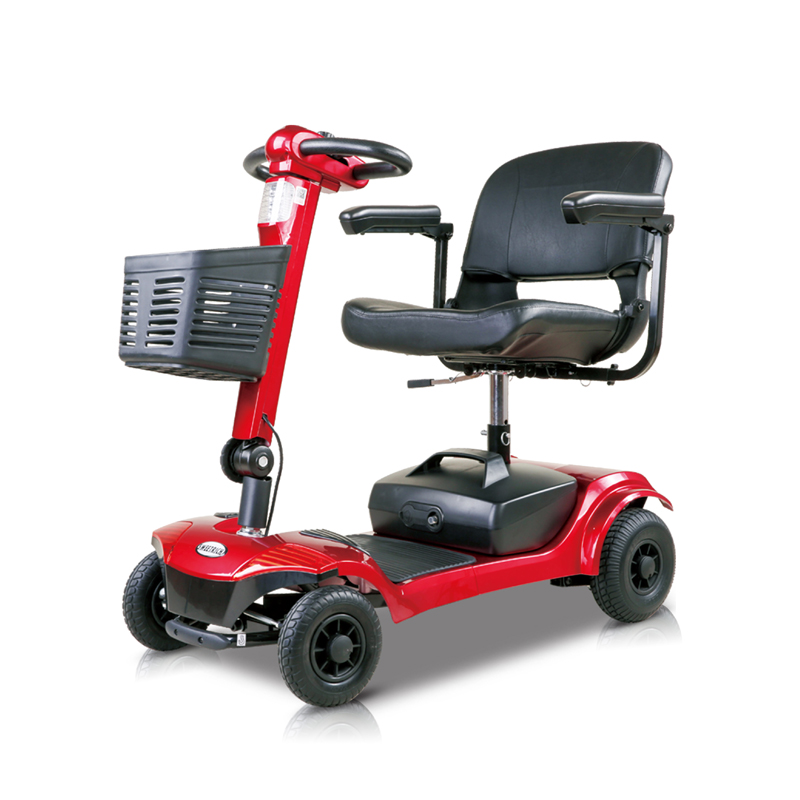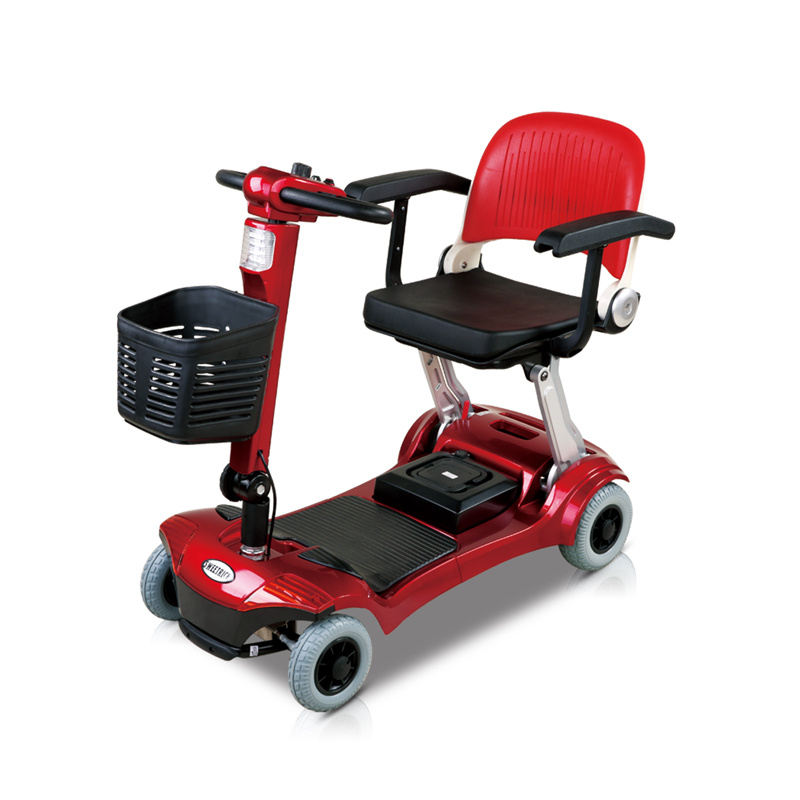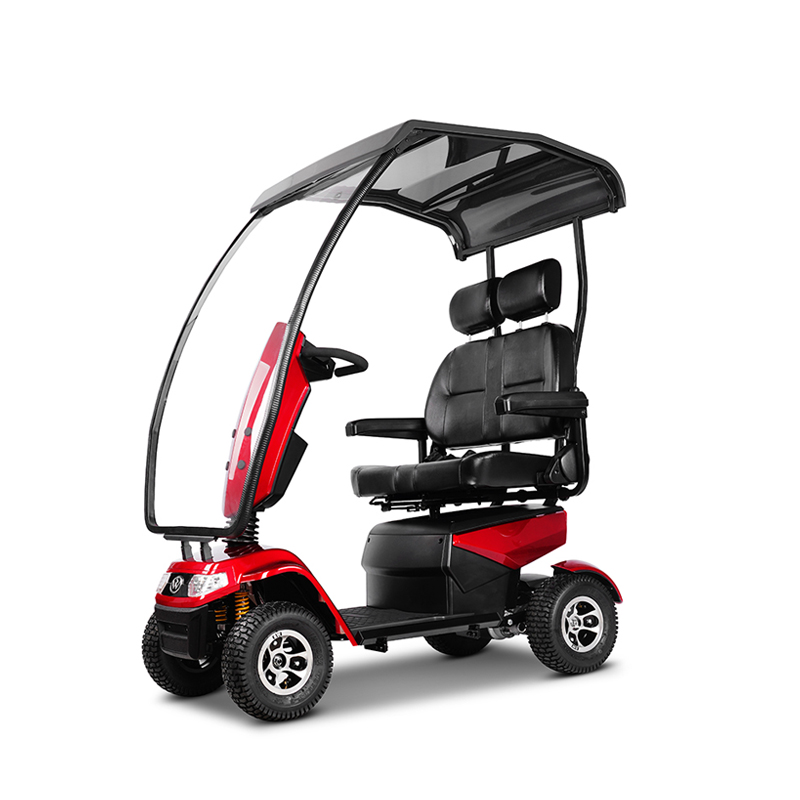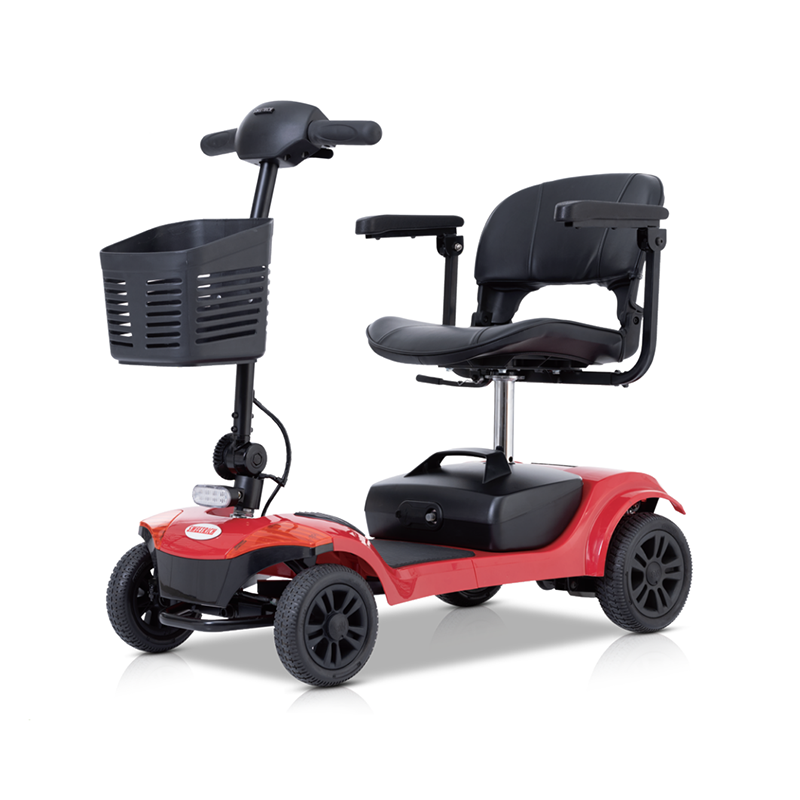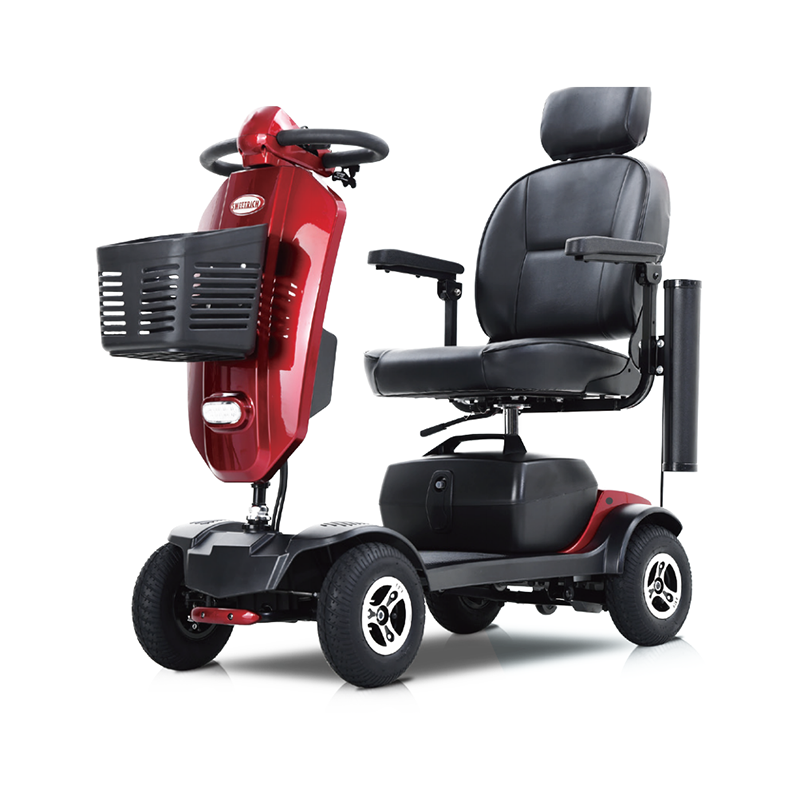Understanding Electric Scooter Fundamentals
Navigating the world of electric scooters requires a foundational understanding of their core components and how they contribute to the overall riding experience. Whether you're a daily commuter or a weekend adventurer, knowing these basics will empower you to make an informed decision that aligns perfectly with your needs and lifestyle.
Key Components That Define Performance
Every electric scooter is built upon a set of critical components that work in harmony to deliver its performance. The motor, undoubtedly the heart of the scooter, determines its power and ability to tackle inclines. Motors are typically measured in watts, with higher wattage generally translating to greater torque and speed. However, power alone isn't everything; the efficiency of the motor's design plays a crucial role in overall performance.
The battery is the lifeblood of the scooter, dictating how far you can travel on a single charge. Modern electric scooters predominantly use lithium-ion batteries due to their excellent energy density, relatively lightweight, and long lifespan. The battery's capacity, measured in watt-hours, directly correlates to the scooter's range. It's essential to understand that the advertised range is often an ideal figure achieved under perfect conditions; real-world factors like rider weight, terrain, temperature, and riding style can significantly impact the actual distance you can cover.
Deciphering Technical Specifications
When reviewing specifications, it's easy to get lost in a sea of numbers. Beyond motor power and battery capacity, pay close attention to the scooter's weight and weight capacity. A lightweight scooter is easier to carry and maneuver, but it might sacrifice some stability or battery size. The weight capacity ensures the scooter can safely support the rider. Another critical spec is the IP rating, which indicates the level of protection against dust and water ingress. A higher IP rating means better resilience against the elements, a vital factor if you plan to ride in less-than-ideal weather.
best electric scooter for heavy adults: A Deep Dive into Stability and Power
For heavier riders, selecting an electric scooter is not just about comfort; it's primarily about safety, stability, and sufficient power. Standard models often have weight limits and motor power that are inadequate, leading to poor performance, accelerated wear and tear, and potential safety hazards. Therefore, identifying a scooter specifically designed or well-suited for heavier adults is paramount.
Essential Features for Heavier Riders
The paramount consideration for a heavier rider is the scooter's maximum weight capacity. Always choose a scooter with a limit that exceeds your body weight to provide a safety buffer and ensure longevity. Secondly, motor power is non-negotiable. A robust motor, typically 500 watts or more, is essential to provide adequate acceleration, maintain a reasonable speed, and, most importantly, handle inclines without straining. A weak motor will struggle, drain the battery rapidly, and overheat.
Equally important is the build quality and design. Look for a scooter with a strong, durable frame, often made from aerospace-grade aluminum or reinforced steel. The deck should be wide and long enough to allow for a stable footing. Furthermore, the braking system must be high-quality and responsive. Disc brakes, whether mechanical or hydraulic, are generally preferred over drum or electric brakes for their superior stopping power, which is crucial when managing higher momentum.
Prioritizing Safety and Comfort
Suspension and tire type are critical for comfort and control. A full suspension system (both front and rear) is highly recommended to absorb shocks from uneven terrain, providing a smoother ride and better handling. Pneumatic (air-filled) tires offer superior shock absorption and traction compared to solid tires, making them a better choice for heavier riders despite the minor maintenance risk of punctures. A combination of strong suspension and good tires will drastically improve ride quality and safety.
Navigating the Terrain: electric scooter with long range and speed
The quest for an electric scooter that excels in both range and speed is common, as these two features fundamentally expand the utility and excitement of riding. However, achieving high performance in both areas often involves trade-offs and a higher price point. Understanding the technology and design choices that enable this combination is key to finding the right model.
The Engineering Behind Performance
To achieve a long range, a scooter needs a large-capacity battery. But a larger battery is heavier, which can negatively impact speed, acceleration, and portability. To counteract this, manufacturers use high-energy-density battery cells and efficient motor controllers that optimize power delivery. For high speed, a powerful motor is required. However, riding at top speed consistently is the single biggest drain on the battery. Therefore, a scooter boasting both features must have a exceptionally large battery and a highly efficient powertrain to balance the immense energy demands of high-speed travel.
Many performance-oriented scooters offer dual motor systems. These allow the rider to switch between a single motor for efficient, long-range cruising and dual motors for maximum power and speed when needed. This versatility is a clever solution to the range-speed dilemma, providing the best of both worlds for different riding scenarios.
Real-World Expectations vs. Manufacturer Claims
It is vital to approach manufacturer claims with a pragmatic mindset. The advertised range and speed are usually recorded under ideal laboratory conditions: a light rider, flat ground, warm weather, and constant low speed. Real-world usage will yield different results. For a more accurate estimate, consider that range is inversely proportional to speed and rider weight. You might find that a scooter advertised for 40 miles of range will only provide 25-30 miles if you are riding at top speed consistently.
The following table illustrates a realistic comparison of how different factors can affect the performance of a high-end electric scooter:
| Riding Condition | Estimated Top Speed | Estimated Range Impact |
|---|---|---|
| Ideal Conditions (75°F, flat, light rider) | 40 mph | 100% (40 miles) |
| Hilly Terrain | 30-35 mph | -40% (24 miles) |
| Cold Weather (Below 40°F) | 35-38 mph | -30% (28 miles) |
| Heavy Rider (265 lbs+) | 30-35 mph | -35% (26 miles) |
| Stop-and-Go City Traffic | Varies | -25% (30 miles) |
Unlocking Savings: electric scooter tax credit eligibility
An often-overlooked aspect of purchasing an electric scooter is the potential for financial incentives. In certain regions, governments encourage the adoption of electric personal transportation through tax credits or rebates, effectively reducing the overall cost of ownership. Understanding your electric scooter tax credit eligibility can lead to significant savings.
Determining Your Eligibility
Eligibility for an electric scooter tax credit is not universal and depends heavily on your local and national laws. Typically, these incentives are designed for vehicles that replace car trips, reducing congestion and emissions. Therefore, the primary factor for eligibility is often the scooter's specifications. Criteria may include a minimum speed capability, a minimum range per charge, or a specific motor power rating to ensure it is a viable commuting vehicle.
Secondly, the intended use of the scooter might be a factor. In some jurisdictions, the credit is only available if the scooter is purchased for commuting to work or is used by a business. It is crucial to consult the most current official government websites or a tax professional to get accurate, location-specific information. The rules and available amounts can change frequently.
Navigating the Application Process
If you determine that you are likely eligible, the next step is to meticulously document your purchase. Keep all receipts, the manufacturer's specification sheet that proves the scooter meets the required criteria, and any documentation from the seller. When filing your taxes, you may need to reference specific forms or lines dedicated to clean energy vehicle credits. The process can be complex, so attention to detail is necessary to successfully claim your credit and avoid any issues.
The Commuter's Choice: foldable electric scooter for commuting
For urban dwellers, a foldable electric scooter for commuting represents a paradigm shift in last-mile transportation. It seamlessly combines the efficiency of electric power with the unparalleled convenience of portability, solving the classic problem of getting from a transportation hub to a final destination.
Why Folding Design is a Game-Changer
The core advantage of a foldable design is its multimodal compatibility. You can ride the scooter to a bus stop or train station, quickly fold it down, carry it aboard with ease, and then unfold it to complete your journey on the other end. This eliminates walking long distances or waiting for connecting buses, drastically reducing total commute time. Furthermore, its compact form factor allows for easy storage under a desk at work, in a cramped apartment, or in the trunk of a car, addressing common storage concerns associated with larger mobility devices.
Critical Commuter-Focused Features
When selecting a commuter scooter, several features take precedence:
- Foldability: The folding mechanism should be intuitive, quick to use, and secure when locked in both the open and closed positions. A poorly designed latch can be a safety hazard.
- Portability: The overall weight of the scooter is a major factor. A scooter between 25-35 lbs is a sweet spot, offering a robust ride without being too burdensome to carry for short distances.
- Range: Ensure the scooter's range comfortably exceeds your one-way commute distance to account for battery degradation over time, cold weather, and unexpected detours.
- Ride Quality: Air-filled tires and a suspension system are valuable for navigating cracked sidewalks and potholed streets, reducing fatigue and improving safety.
Ensuring Longevity: how to maintain an electric scooter
Purchasing an electric scooter is an investment, and protecting that investment requires regular and proper maintenance. Understanding how to maintain an electric scooter will not only extend its lifespan but also ensure it remains safe and reliable for years to come.
Routine Checks and Cleaning
A simple pre-ride check can prevent most major issues. Before each ride, visually inspect the scooter for any obvious damage, such as cracks in the frame or loose components. Check that the tires are properly inflated (if pneumatic) and show no significant wear. Test the brakes to ensure they engage smoothly and effectively. Give the throttle a quick press to confirm it responds correctly. Keeping your scooter clean is also vital. Use a damp cloth to wipe down the frame, deck, and handlebars. Avoid using a high-pressure hose, as forcing water into the electronics, motor, or bearings can cause severe damage, even on water-resistant models.
Battery Care: The Most Important Practice
The battery is the most expensive component to replace, so proper care is essential. The golden rule is to avoid consistently draining the battery to 0% or charging it to 100% for everyday use. Ideally, keep the charge level between 20% and 80% to maximize the battery's cycle life. If you plan to store the scooter for an extended period, leave the battery charged at around 50-60%. Always use the official charger provided by the manufacturer to avoid the risk of overcharging or fire. Store and charge the scooter in a dry, cool place away from direct sunlight, as extreme temperatures are detrimental to lithium-ion battery health.
Long-Term Maintenance and Part Replacement
Over time, certain parts will wear out and require replacement. Brake pads will need to be changed once they become thin. Tires, especially pneumatic ones, may need to be patched or replaced due to punctures or wear. For scooters with solid tires, the entire wheel and motor assembly might need replacement after thousands of miles. Periodically check and tighten any bolts and screws, as vibrations from riding can loosen them over time. For any complex electrical issues or motor problems, it is best to consult a professional technician rather than attempting a DIY repair.

